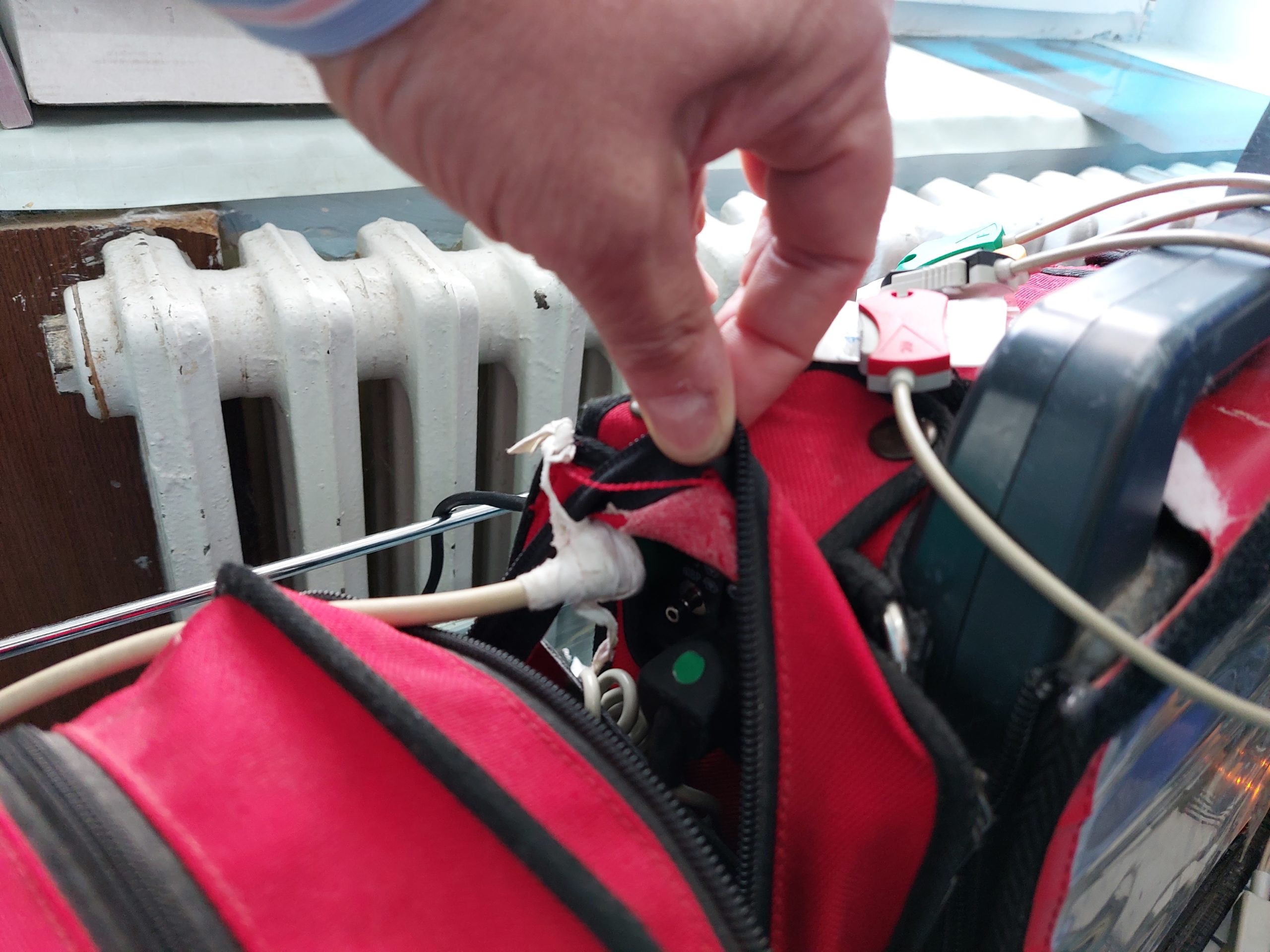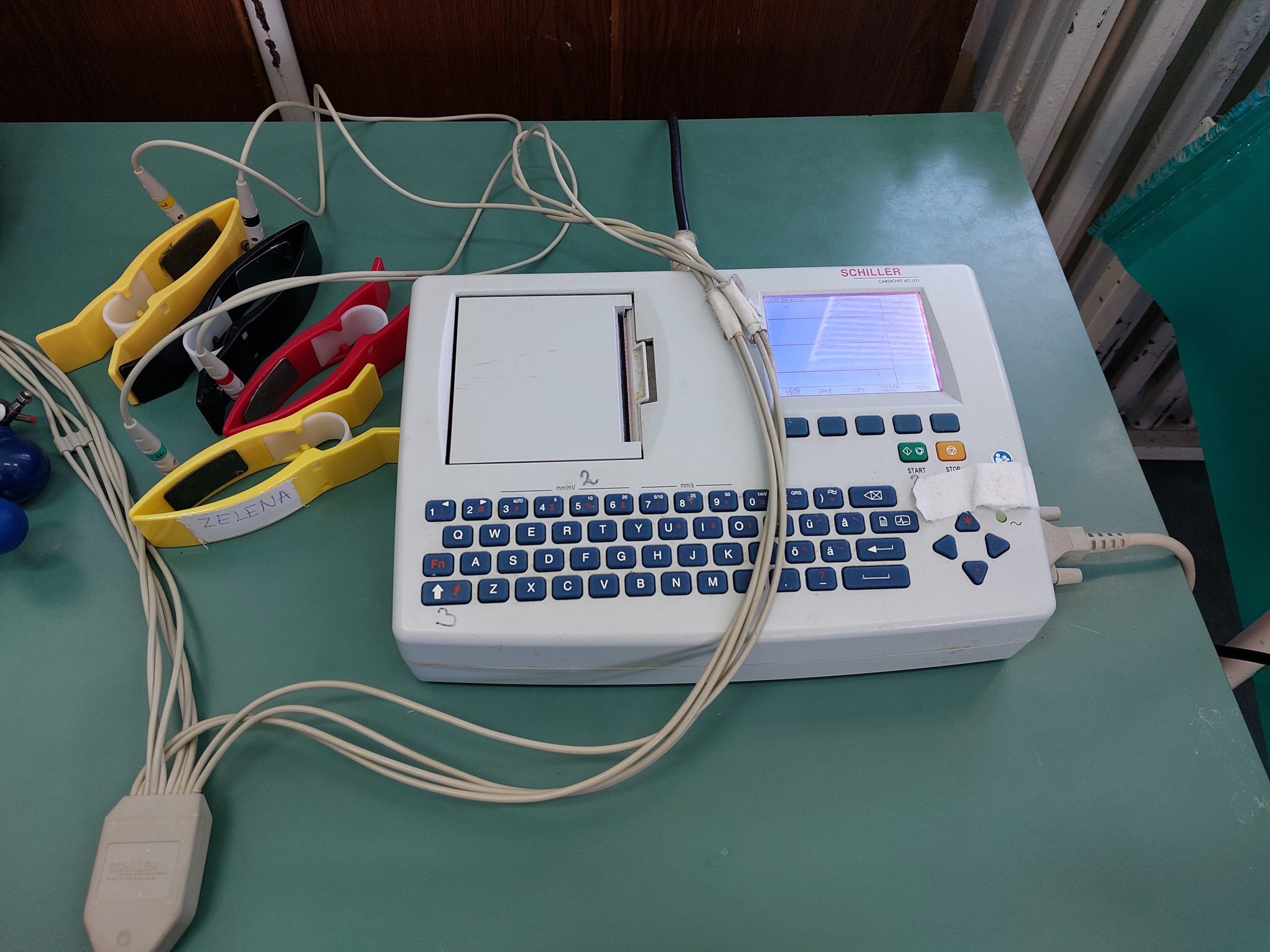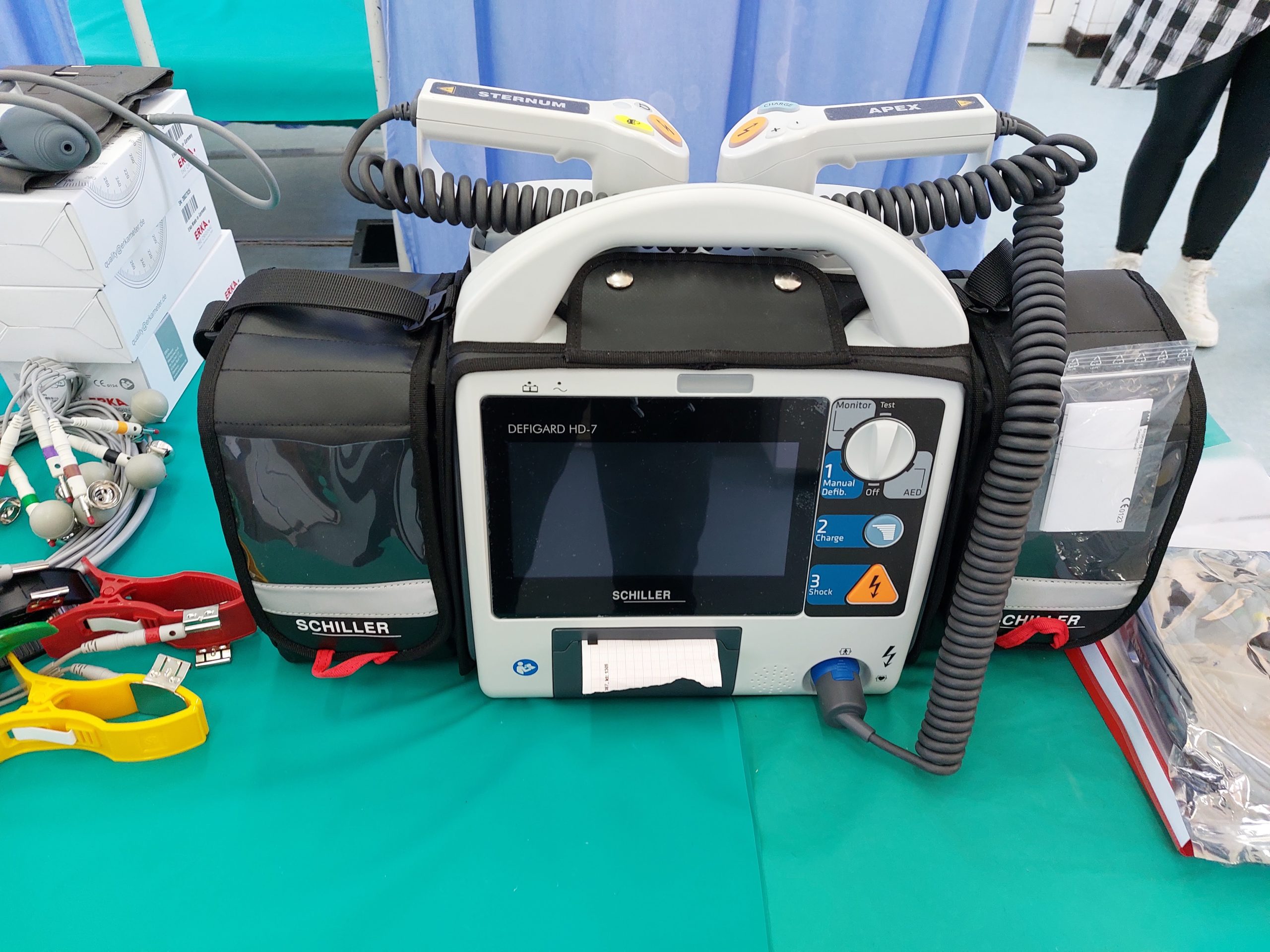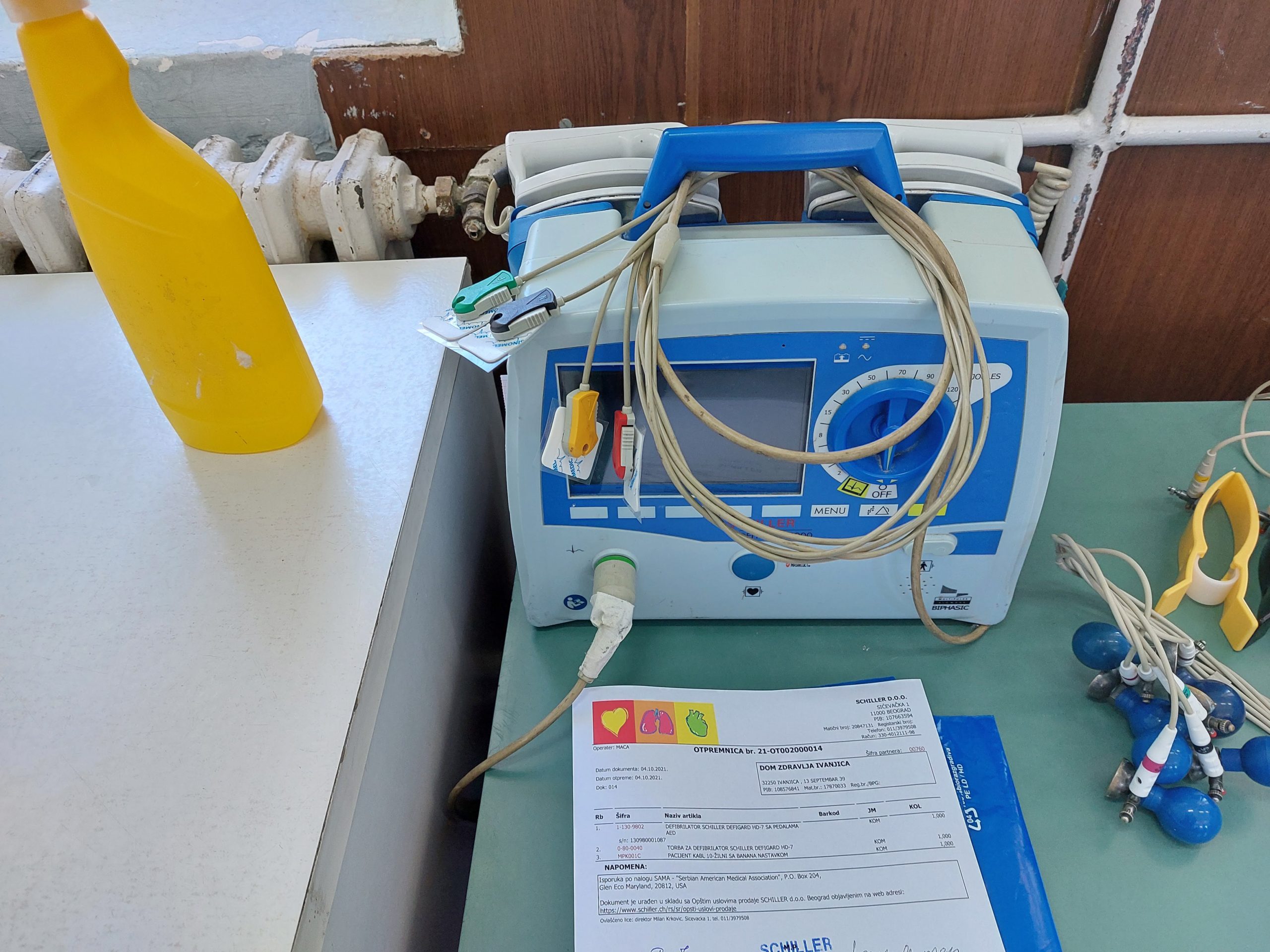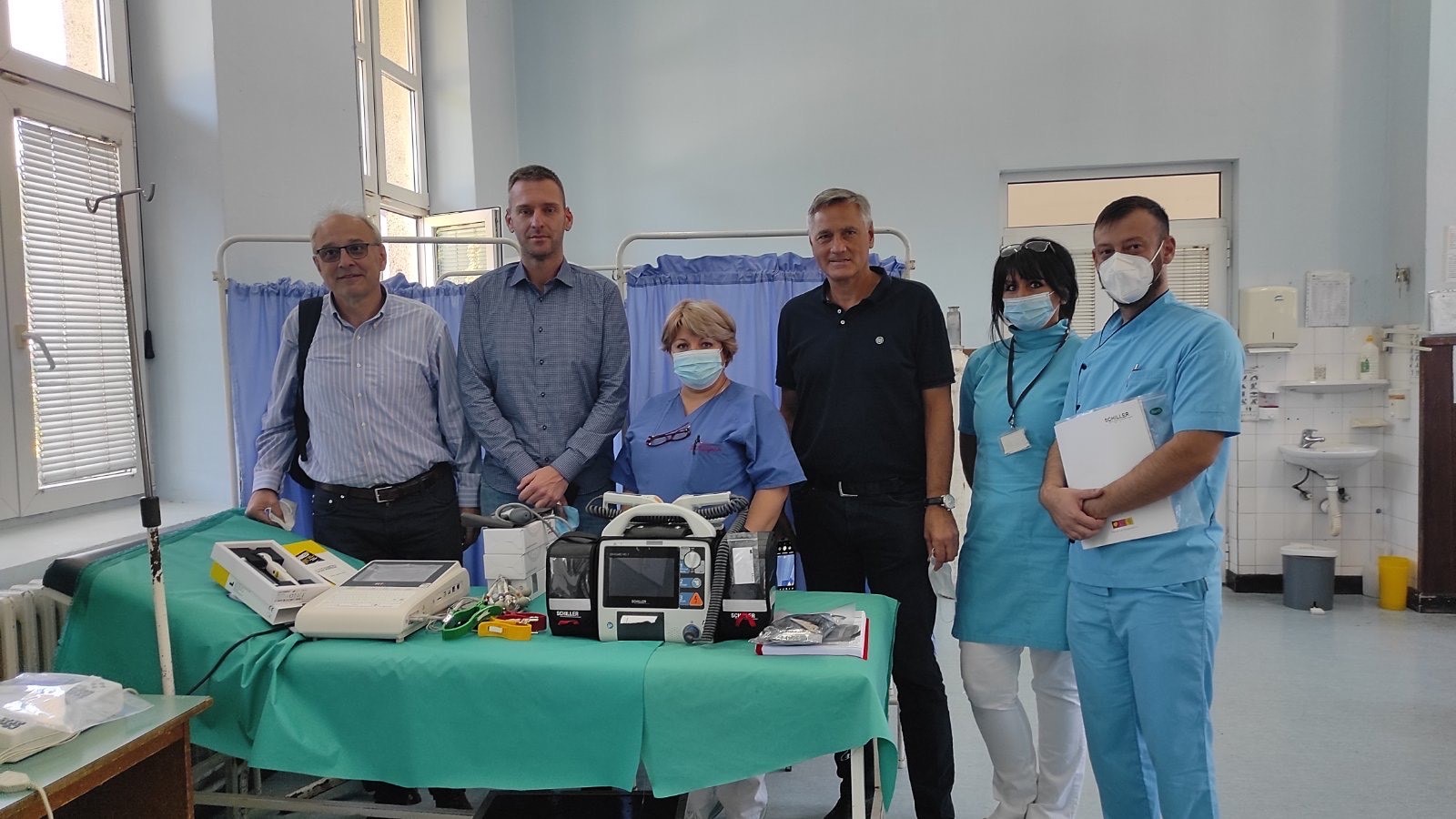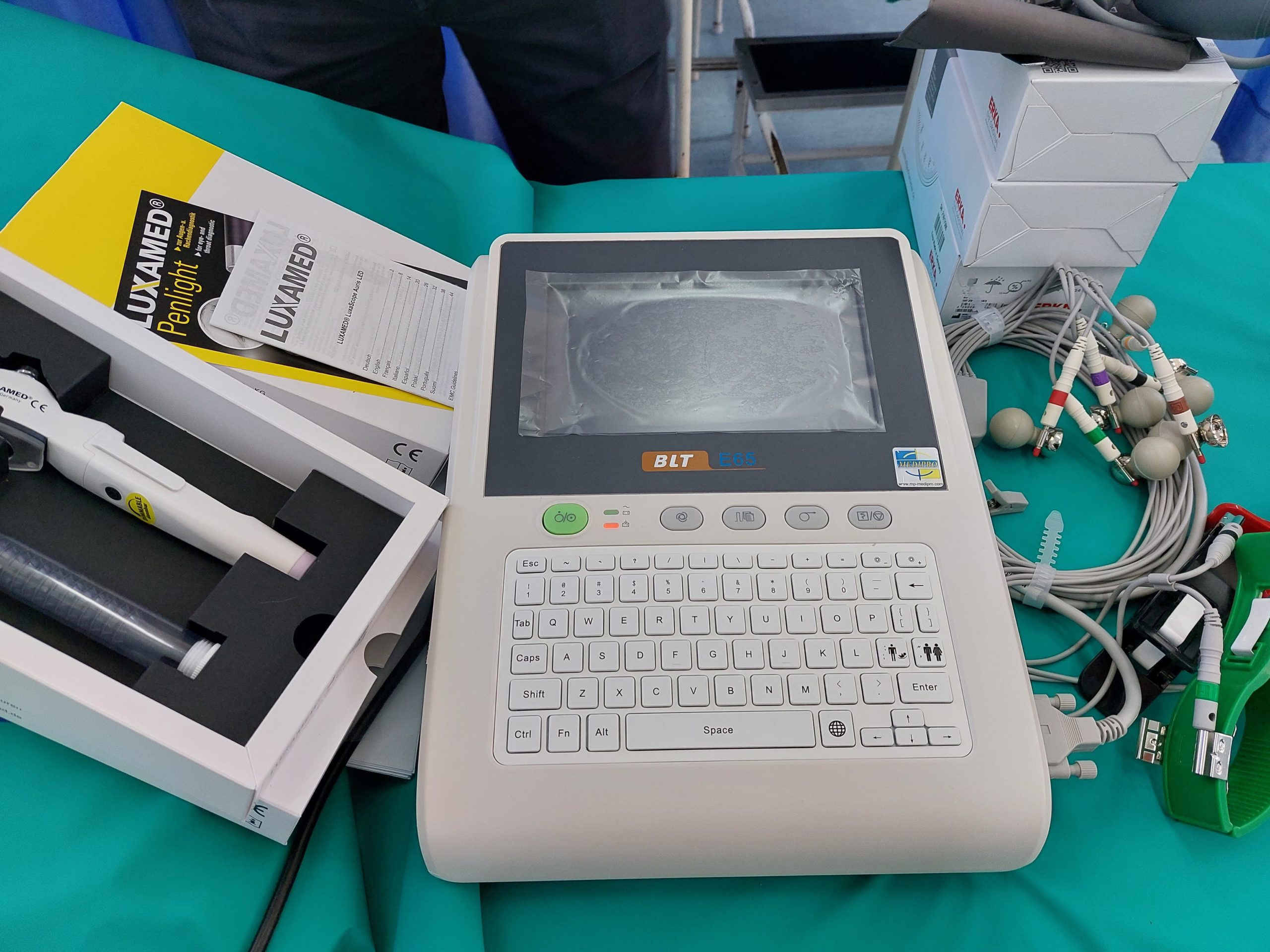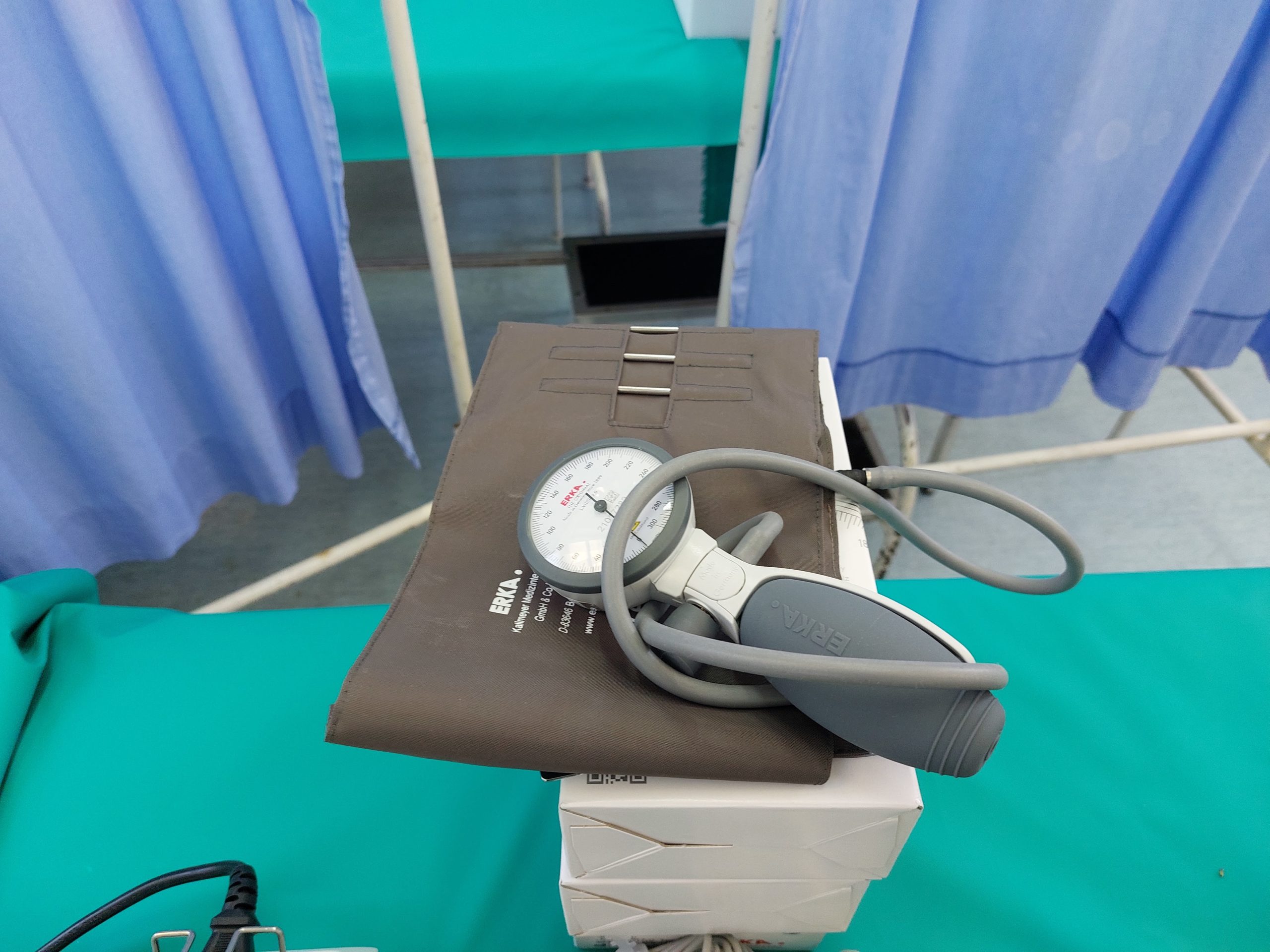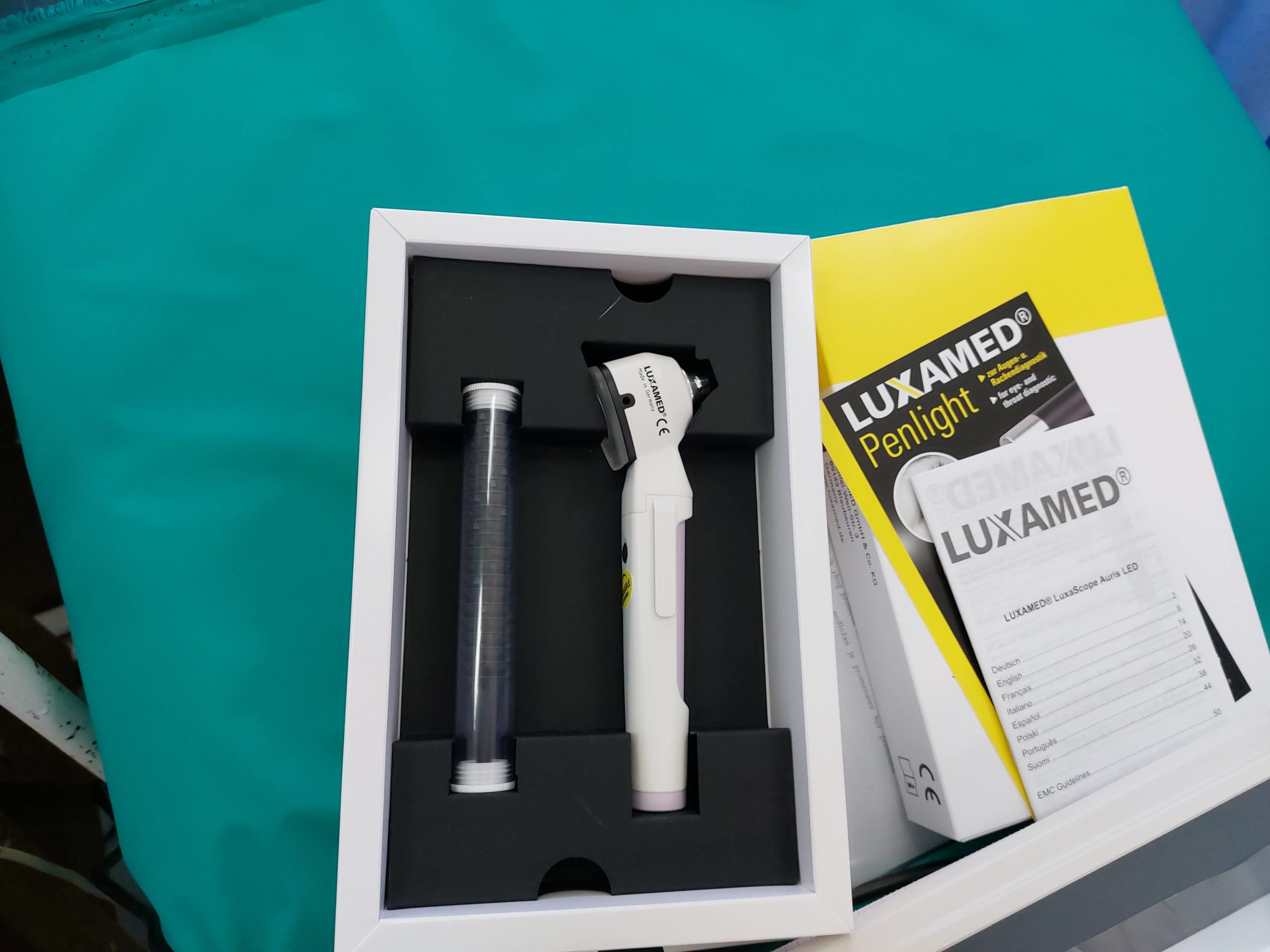Ivanjica is a town of about 40,000 people, with about half of the population living in the city and the other half in the rural outskirts. There are two main buildings providing health care services: a health center built in 1925, “Stacionar”, as well as another building donated by the government of Denmark 10 years ago which functions as a dialysis unit, caring for about 11 patients per day. They also received a patient transportation vehicle from an organization in Chicago that functions to transport people to and from the dialysis center.
Stacionar is the main building and is in extremely poor condition. On the first floor is an Urgent Care, which is so under equipped that it effectively serves as a triage center with minimal capacity to diagnose or treat patients. There is one cardiac defibrillator that only functions with a piece of tape connecting the machine to a power source. Additionally, it is used to stabilize patients as they are transferred to higher acuity hospitals outside of the town. This means that while the patient is being transported, the defibrillator goes with the patient leaving the hospital in Ivanjica without any means of resuscitating patients until its returned 6-12 hours later. Multiple healthcare providers in the hospital expressed that they have found themselves without any means of saving patients in cardiac arrest on several occasions because of this. In addition, the hospital does not even have its own EKG, which is truly one of the most fundamental pieces of medical equipment that every hospital should have.
The second floor of Stacionar is the inpatient facility, with a main floor as well as a small OBGYN room. The OBGYN room has a very old exam chair and minimal privacy. The beds on the main floor are rusty with worn out mattresses from 1975. The patients in this facility are stable enough to be cared for at the hospital but not stable enough to go home. One of the main problems impeding on patient care is that the doorframes are too narrow to fit patients through in their beds. This means that patients have to be transferred onto stretchers every time they need to leave their room. Perhaps most concerning however, is that this floor has no hot water and the lavatories are in terrible, unhygienic condition. Despite all of this, the doctors and nurses are wonderful and do their best to give the best patient care possible.
During our visit, we donated a new defibrillator, an EKG, as well as some otoscopes and stethoscopes, totaling $10,000 in value. We are very eager to provide more medical equipment and begin renovations on the facility in the coming weeks.

